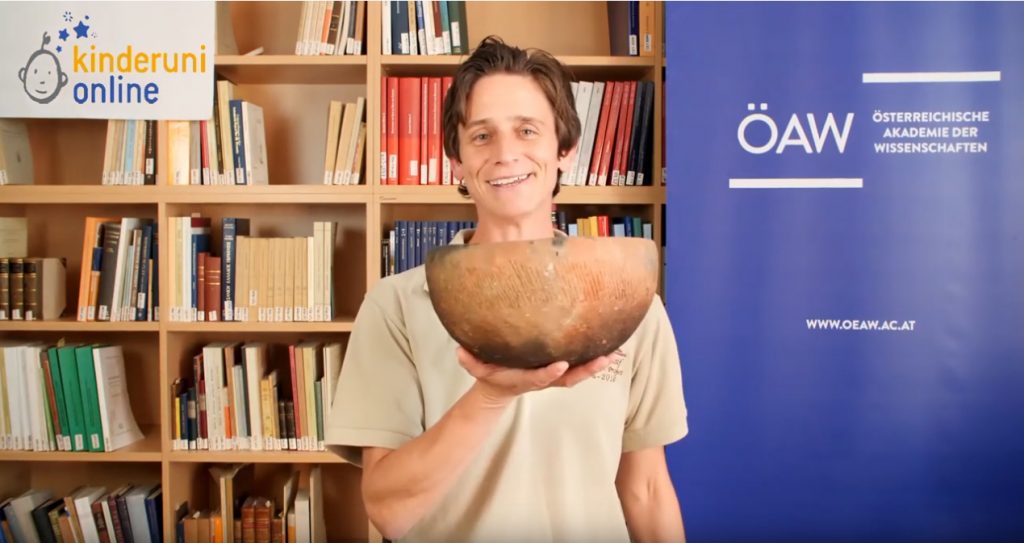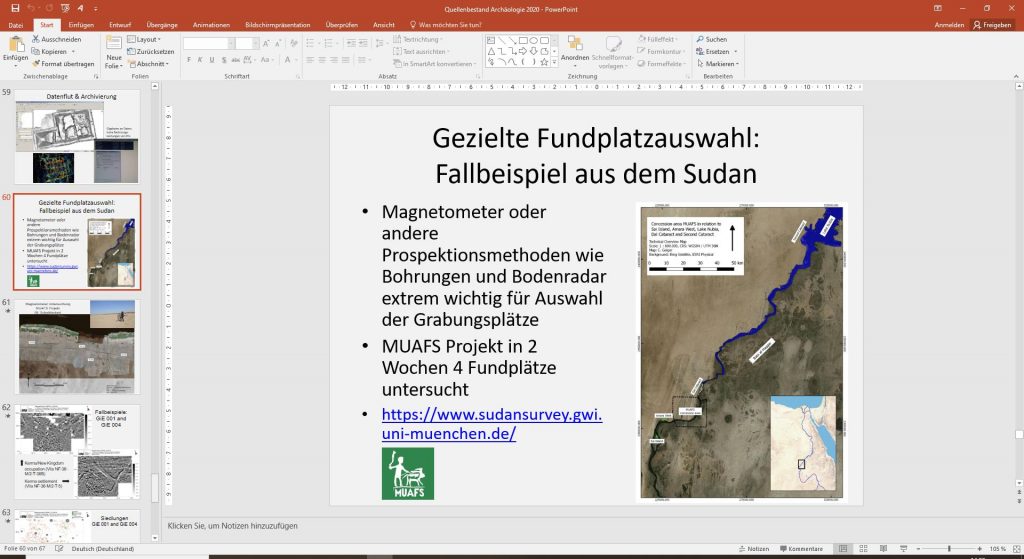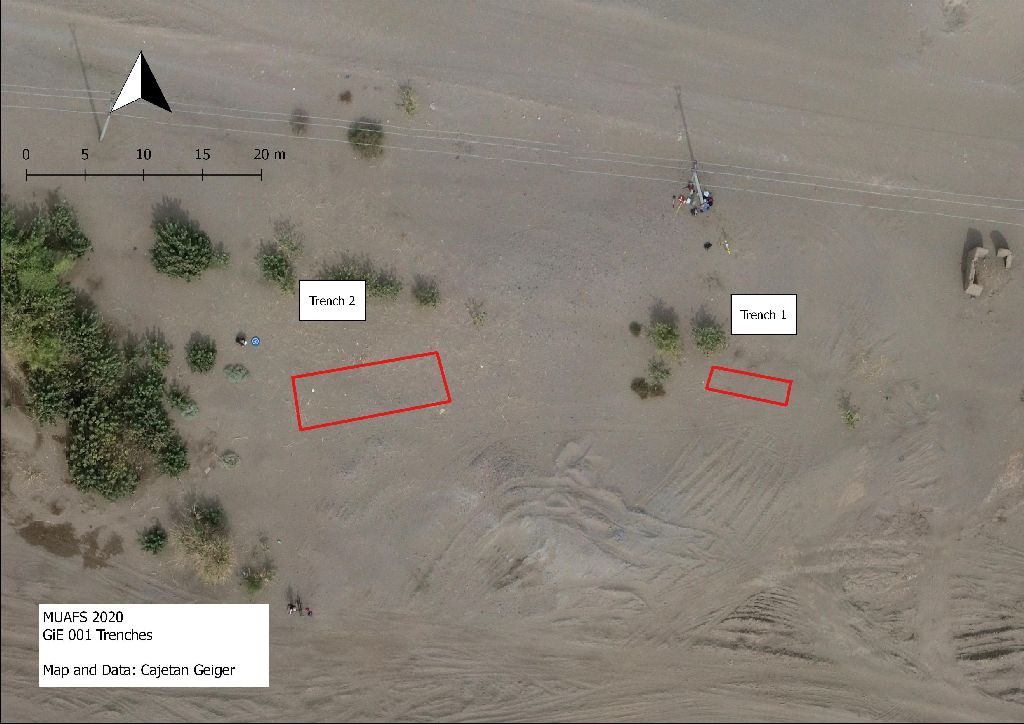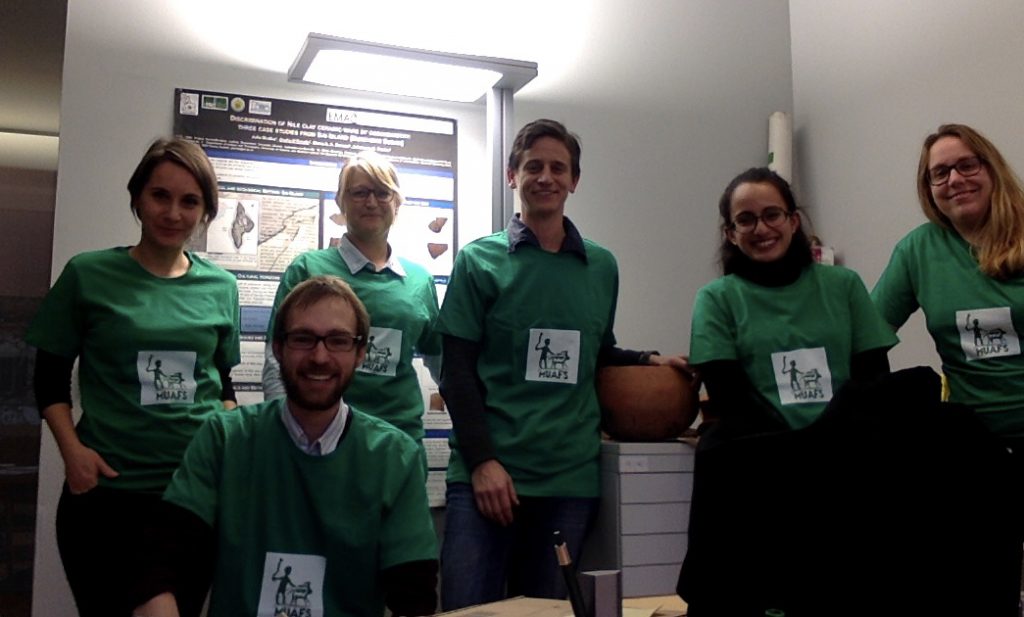We are delighted to announce the sixth edition of the international Sudan Studies Research Conference in collaboration with Durham University’s DUSESG Founders on Saturday, June 25. The conference will be held as a hybrid event – the reservation of online tickets is still possible! Please check the website for more information: https://www.sudan-conference.com/
The schedule of talks is now available, and the programme covers a large variety of topics, from various parts of Sudan and different periods, presenting a large range of perspectives and methodological approached.
I am especially delighted to welcome two distinguished German colleagues as keynote speakers – Angelika Lohwasser and Friedrike Jesse. Both will address highly interesting regions outside the Nile Valley – Angelika Lohwasser will present new approaches to archaeology in remote areas and Friederike Jesse will talk about explorations in the South-Eastern Sahara.
The DiverseNile team is grateful for the opportunity to host this event with postgraduate and postdoctoral researchers as its prime audience and we are all very much looking forward to it, expecting plenty of fruitful discussion!




